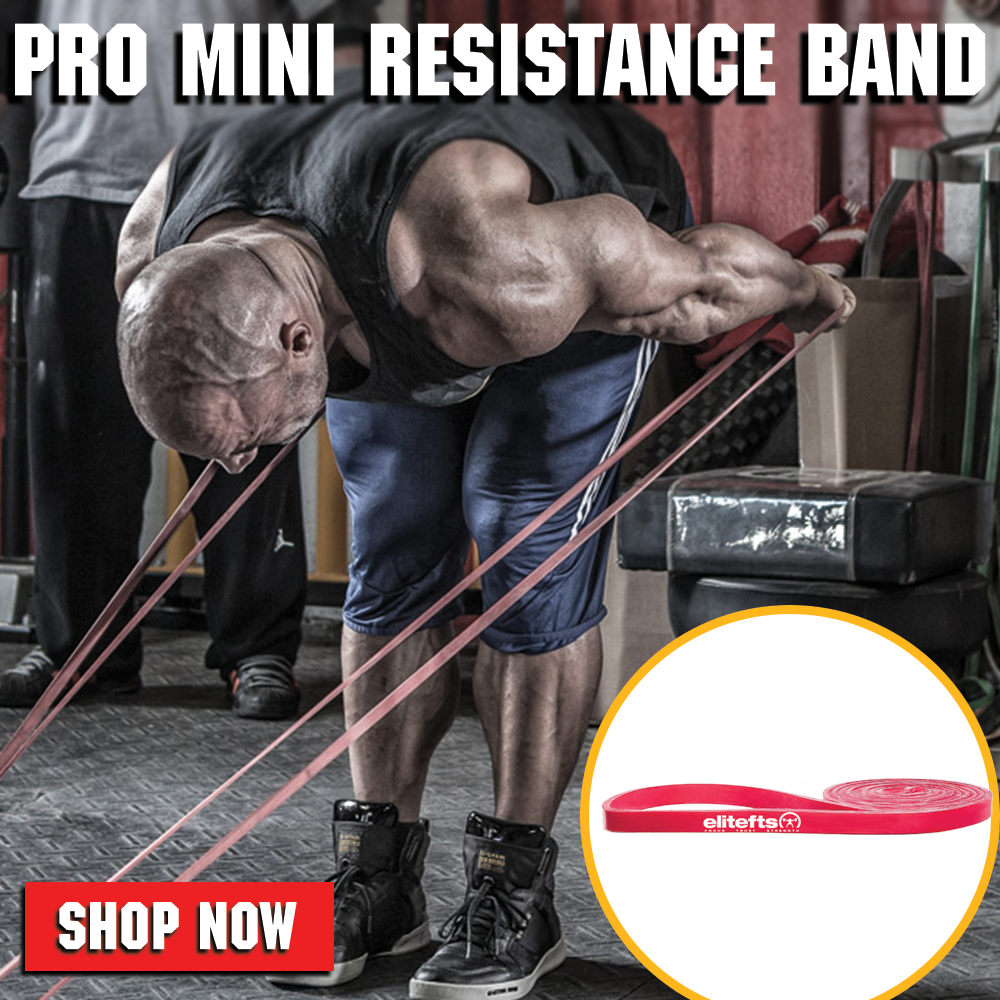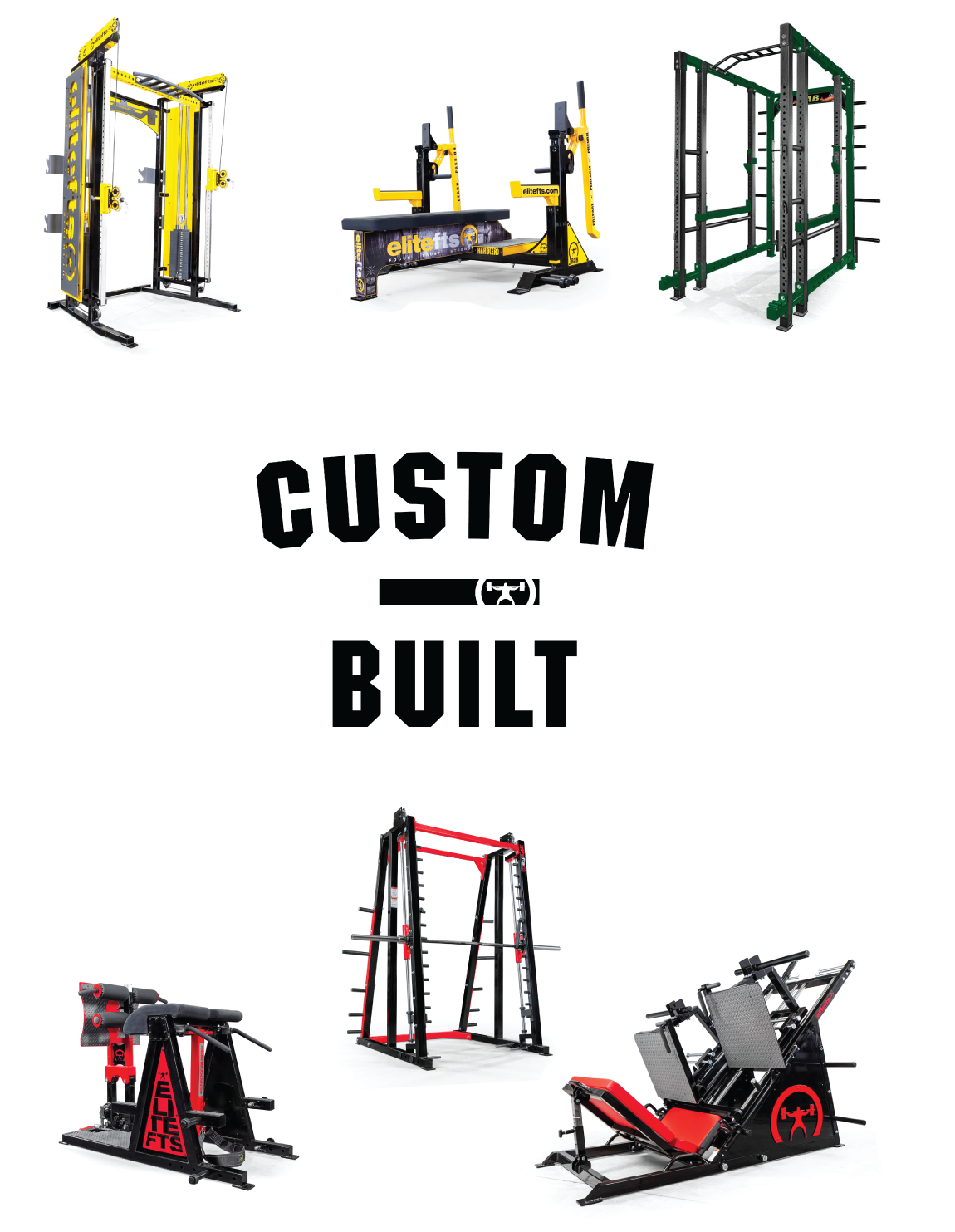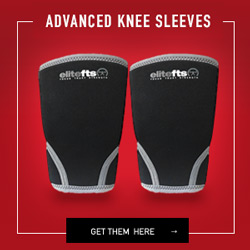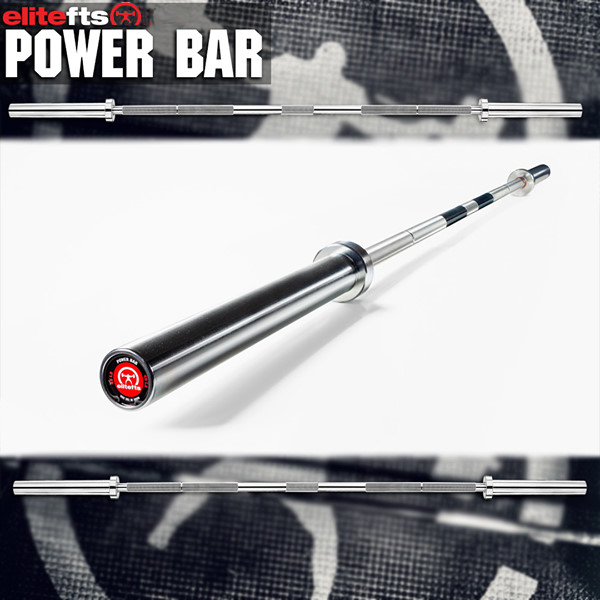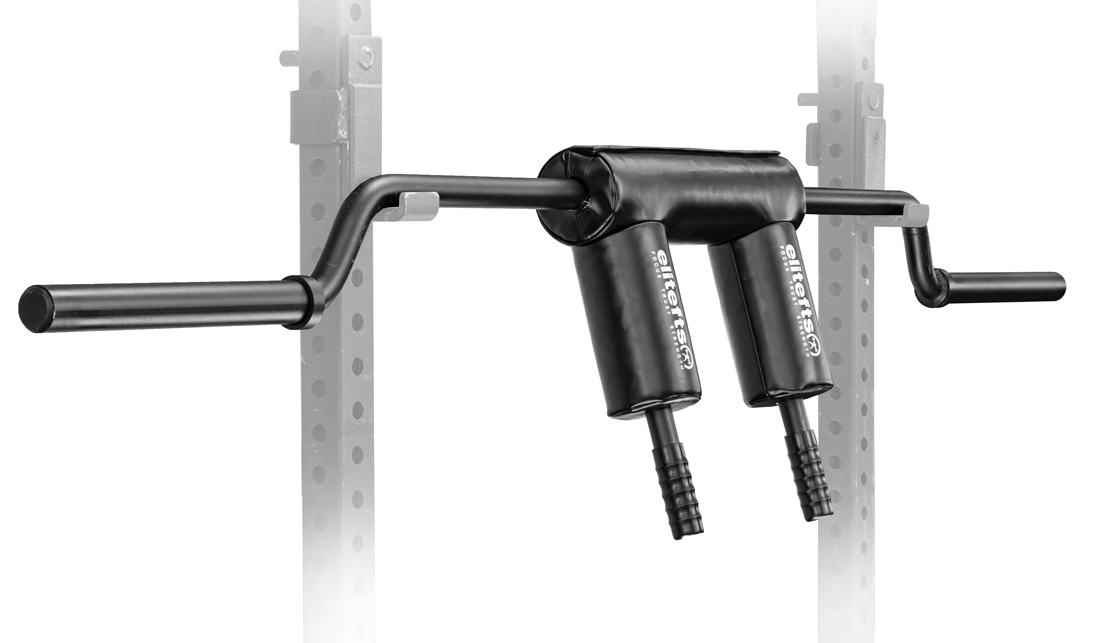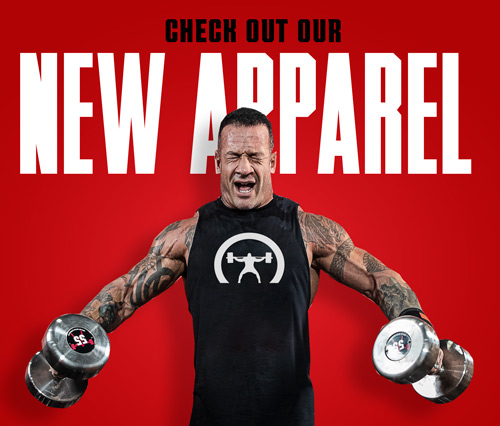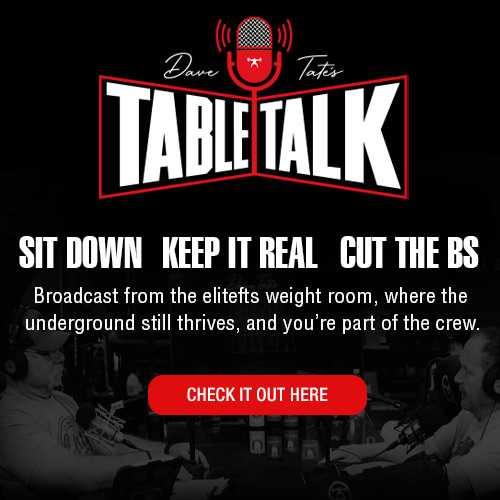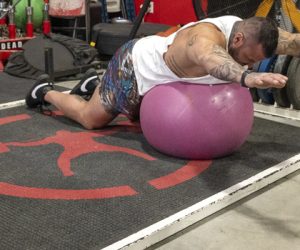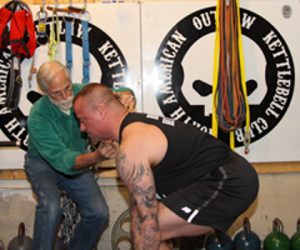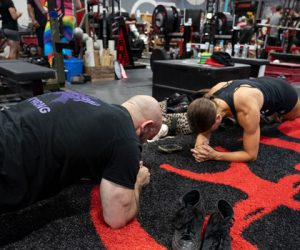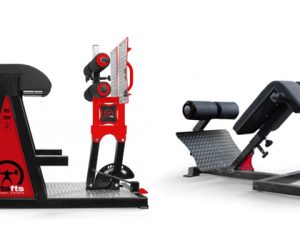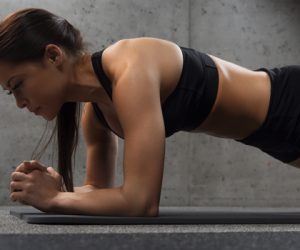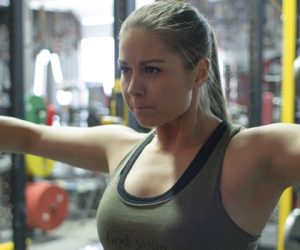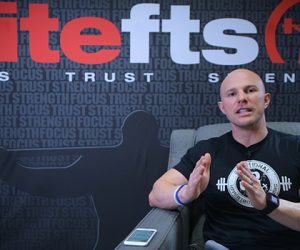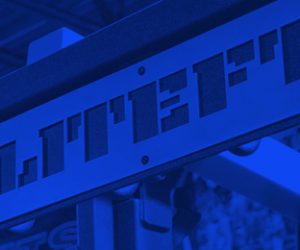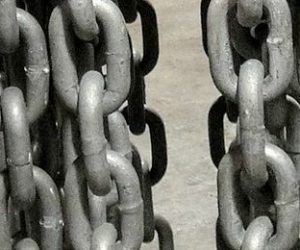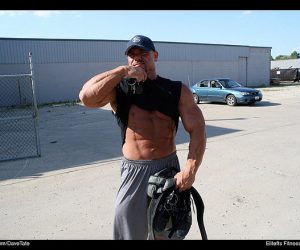Balancing Core Strength
Perfect your workout balance when it comes to training your core muscles and building core strength.
#107 - Dr. Stuart McGill: Training with Low Back Pain
Dr. Stuart McGill talks about lower back pain, how personality impacts recovery, and understanding how to ACTUALLY train your core.
A Core Training Blueprint for the Athlete
It’s a simple model that uses stabilization, strength, and sport transfer to build the core of your athletes.
6 Exercises to Strengthen the Spinal Erectors
This article will focus on the spinal erectors, when one needs to place a focus on them, the exercises/equipment used to strengthen them, and how the variations should be used, progressed, and changed throughout the training process.
How to Effectively Train Core Strength
My idea of developing core strength is by both locally and globally training all the musculature that is attached to the hips, specifically by focusing on programming planks.
A Meathead’s Take on the Army Combat Readiness Test
Maybe this is coming from a place of bias and resentment, because at a lean 205 pounds, I was always the fat guy with a two-mile time over 14 minutes…but I digress.
Shit Coaches Need to Stop Telling Their Clients
Honestly, there are so many that I could go on forever. Within my sarcastic tone, I hope the message that comes across is simple.
WATCH: Rapid Fire Table Talk with Dr. John Rusin
Over half an hour of non-stop Q&A, responding directly to questions from elitefts readers.
Tighten That Belt
How strong is your core really? Do you give it as much attention as you do your other muscles when you squat or deadlift or even when you’re doing bicep curls in the squat rack (just kidding about that last point)?
Are Plank Exercises for You?
One of the latest rages in the fitness industry is the plank exercise. In essence, plank refers to maintaining your body in a straight line from head to toe, as for example, in the up position of a push-up.
Fascia Function: Building a Tough Trunk
Bodybuilding is here to stay. As long as there is a desire to get stronger, grow bigger, or look better, bodybuilding will remain an invariable foundation in the world of physique improvement.


